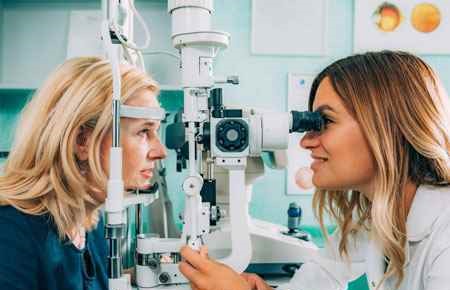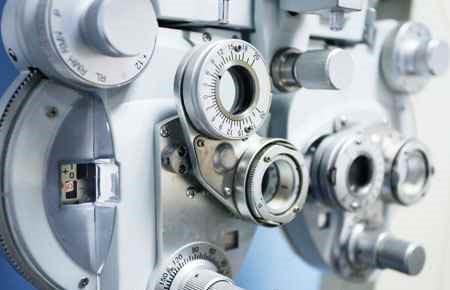Majors, Degree Programs, and Certificates in Healthcare, Medicine and Health Science.
- Click on the area that interests you for detailed descriptions.
- Scroll down the page to view the content in list form.
Health Science relates to planning, managing, and providing therapeutic and wellness services, diagnostic services, health informatics, support services, and biotechnology research and development.
Transcript -
The healthcare industry is booming and ten-year projections indicate continued strong growth. In fact, the U.S. Bureau of Labor Statistics projects that nearly one in seven Americans will be employed in the healthcare and social assistance industry by 2028.
The large population of aging baby boomers is often cited as a Majors contributor to this growth. As they grow older, many develop health concerns that require more care, increasing the need for workers to meet the demand.
Technology and innovation are expanding the types of healthcare jobs available, as well as generating new products and services. In addition, changes to medical insurance models have expanded the number of people who obtain medical care.
The primary function of the healthcare industry is to treat patients facing illness or injury—whether to cure or rehabilitate from a condition, to maintain wellness, or to provide comfort or palliative care to persons dealing with incurable conditions. A number of other industries relate closely to healthcare, including pharmaceuticals, biotechnology, and health insurance.
In this industry, credentials matter greatly; jobs are generally defined by the education, certification, and licensure you possess, for example Certified Nurse Assistant, Licensed Practical Nurse, or Registered Nurse.
Quick facts to know:
- Nearly 21 million people are employed in the healthcare and social assistance industry.
- Mental healthcare, behavioral health, and substance abuse services are expanding, as they have become increasingly destigmatized.
- Telehealth developments continue to expand to make patient care more accessible and reduce staff involvement. Examples include wearable devices that measure and document heart rate, and artificial intelligence nurse coaches.
- Wellness care to prevent illness and stay well is gaining emphasis, often by insurance companies seeking to minimize healthcare spending.
- Providers are increasingly measured based on patient satisfaction and outcomes.
citation - This page includes content from the U.S. Department of Labor, Employment and Training Administration, CareerOneStop.


 Nursing Majors
Nursing Majors Allied Health and Medical Assisting Services Majors
Allied Health and Medical Assisting Services Majors Alternative and Complementary Medicine and Medical Systems Majors
Alternative and Complementary Medicine and Medical Systems Majors Clinical/Medical Laboratory Science/Research and Allied Professions Majors
Clinical/Medical Laboratory Science/Research and Allied Professions Majors Communication Disorders Sciences and Services Majors
Communication Disorders Sciences and Services Majors Dietetics and Clinical Nutrition Services Majors
Dietetics and Clinical Nutrition Services Majors Energy and Biologically Based Therapies Majors
Energy and Biologically Based Therapies Majors Health Aides/Attendants/Orderlies Majors
Health Aides/Attendants/Orderlies Majors Health Services/Allied Health/Health Sciences Majors
Health Services/Allied Health/Health Sciences Majors











